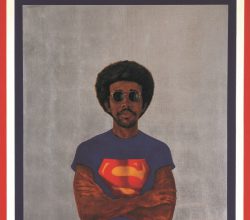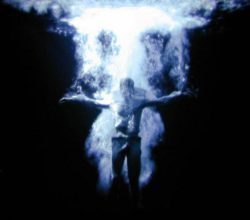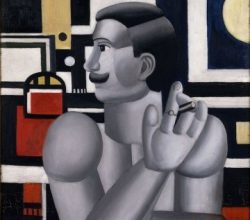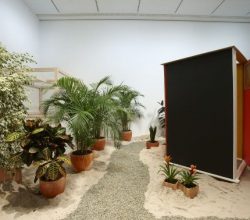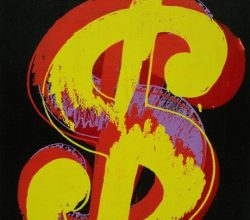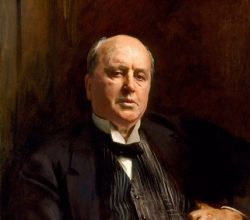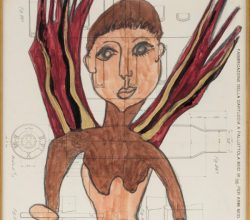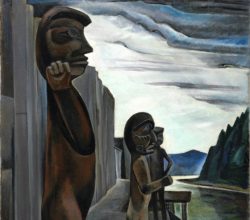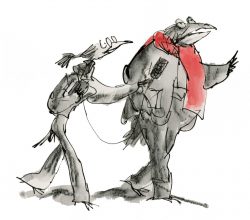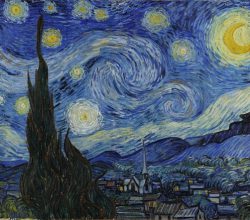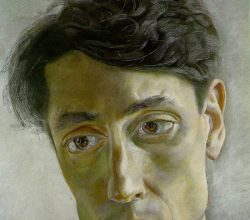
Explore the Genius of Design Legend Ettore Sottsass
Alina Cohen | Galerie | 26th July 2017
When Sottsass designed the Olivetti “Valentine” typewriter he wanted it to appeal at an emotional level. Later in his protean career he founded the influential (but short-lived) Memphis design collective. Their first show created uproar with shrill colors, Pop designs and wacky ideas. And it stole the limelight, leading Sottsass to grumble about the group “it’s just like candy. Too much can make you sick.” Images are here.

